Vitamin D is an essential nutrient for human health, playing a crucial role in bone health, immune function, and various other physiological processes.
While sunlight exposure is the primary source of vitamin D for humans, it is often a challenge to obtain sufficient amounts, particularly in regions with limited sun exposure.
There is promising research suggesting mushrooms may be the natural solution to increasing out vitamin D intake!
Sunlight and Vitamin D Synthesis
Sunlight exposure, specifically ultraviolet B (UVB) radiation, triggers the conversion of 7-dehydrocholesterol in the skin to previtamin D3, which then undergoes further transformations to become active vitamin D.
Mushrooms as Potential Vitamin D Sources
Mushrooms are unique among non-animal sources of vitamin D, as they have the ability to synthesize the nutrient in response to UVB radiation, much like human skin. Certain varieties of mushrooms, such as shiitake and white button mushrooms, have shown promising results in terms of their ability to accumulate vitamin D when exposed to sunlight. This discovery has paved the way for investigating the feasibility of using mushrooms as a dietary source of vitamin D.
The Science
Numerous studies have explored the effects of exposing mushrooms to sunlight to increase their vitamin D content. For instance, a study published in the Journal of Agricultural and Food Chemistry found a significant increase in vitamin D2 levels after just a few hours of sunlight exposure. Another study in the Journal of Food Composition and Analysis reported that exposure of UVB showed a substantial increase in vitamin D2 concentrations.
A study looked into the photobiology of vitamin D synthesis in mushrooms and in turn its bioavailability in humans. This research not only reinforced the feasibility of increasing vitamin D content in mushrooms through sunlight exposure but also underscored the importance of considering the bioavailability of these enhanced nutrients for human consumption.
Another study went a little further in different types of mushrooms, and found that some mushrooms might possess inherent advantages for enhanced vitamin D synthesis, which can be harnessed through targeted sunlight exposure. These findings collectively point towards the potential for a diverse range of mushrooms to contribute to dietary vitamin D intake.
Furthermore, Urbain et al. (2011) conducted a controlled trial to assess the bioavailability of vitamin D2 from UVB-irradiated button mushrooms in individuals with serum 25-hydroxyvitamin D deficiency. The study demonstrated a significant increase in serum vitamin D levels in participants consuming vitamin D-enhanced mushrooms. This substantiates the notion that incorporating such mushrooms into the diet could have a meaningful impact on addressing vitamin D deficiencies, particularly in individuals who are at risk due to insufficient sun exposure. These findings emphasize the practical relevance of utilizing mushrooms as a reliable dietary source of vitamin D.
It has become evident that the practice of placing mushrooms in sunlight to increase their vitamin D content is firmly grounded in rigorous research. As an accessible and natural source of this essential nutrient, mushrooms could contribute significantly to addressing vitamin D deficiencies, ultimately promoting better bone health, immune function, and overall well-being.
Reference List
- Mattila, P., Piironen, V., Uusi-Rauva, E., & Koivistoinen, P. (2017). Contents of vitamins, mineral elements, and some phenolic compounds in cultivated mushrooms. Journal of Agricultural and Food Chemistry, 35(6), 1169-1172.
- Urbain, P., & Jakobsen, J. (2019). Vitamin D in edible mushrooms: from bioavailability to bioactivity. Food & Function, 10(8), 4690-4702.
- Keegan, R. J., Lu, Z., Bogusz, J. M., Williams, J. E., & Holick, M. F. (2013). Photobiology of vitamin D in mushrooms and its bioavailability in humans. Dermato-Endocrinology, 5(1), 165-176.
- Simon, R. R., Borzelleca, J. F., & DeEds, F. (1974). Vitamin content of four edible species of wild mushrooms. Journal of Food Science, 39(3), 368-370.
- Urbain, P., Singler, F., Ihorst, G., Biesalski, H. K., & Bertz, H. (2011). Bioavailability of vitamin D2 from UV-B-irradiated button mushrooms in healthy adults deficient in serum 25-hydroxyvitamin D: a randomized controlled trial. European Journal of Clinical Nutrition, 65(8), 965-971.

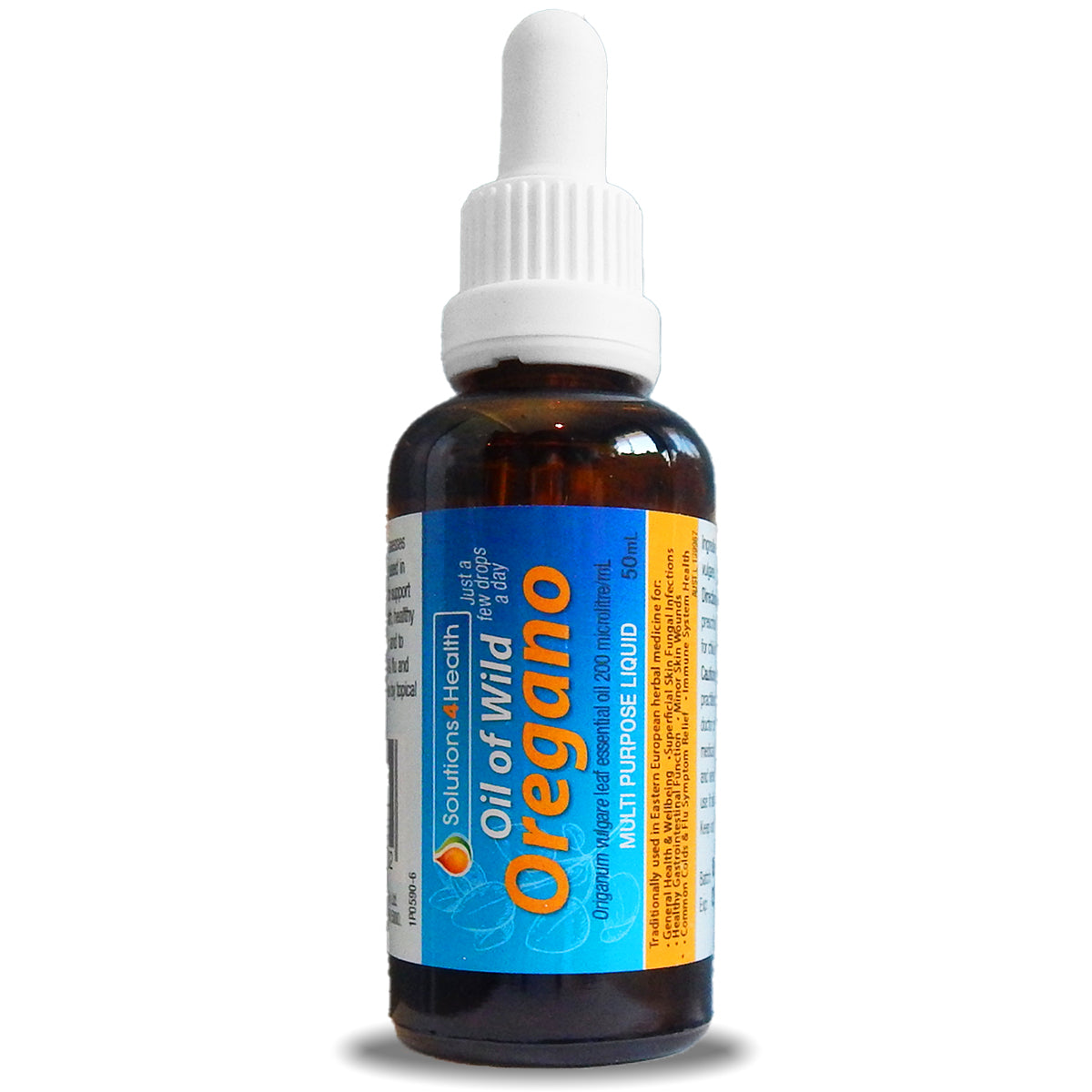
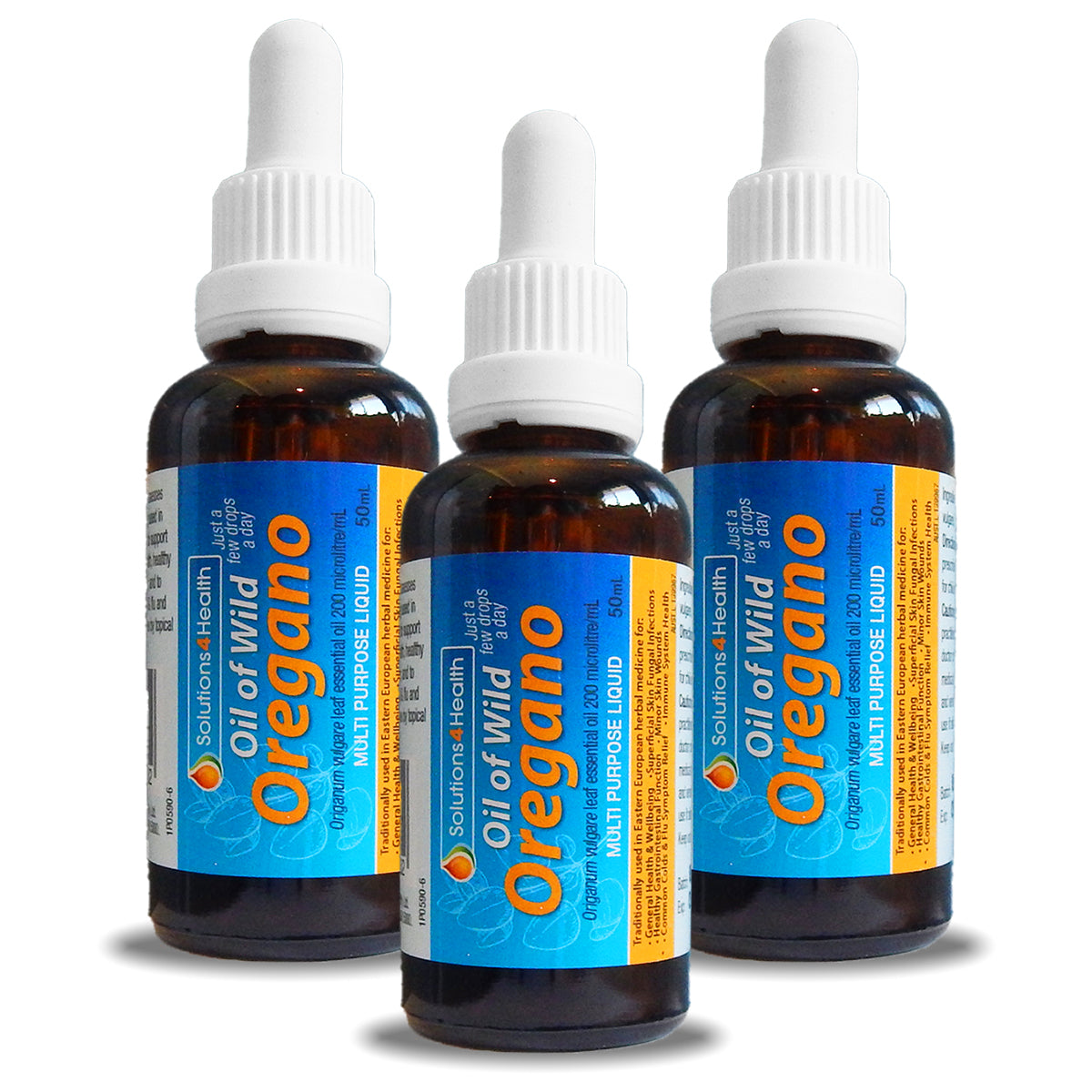
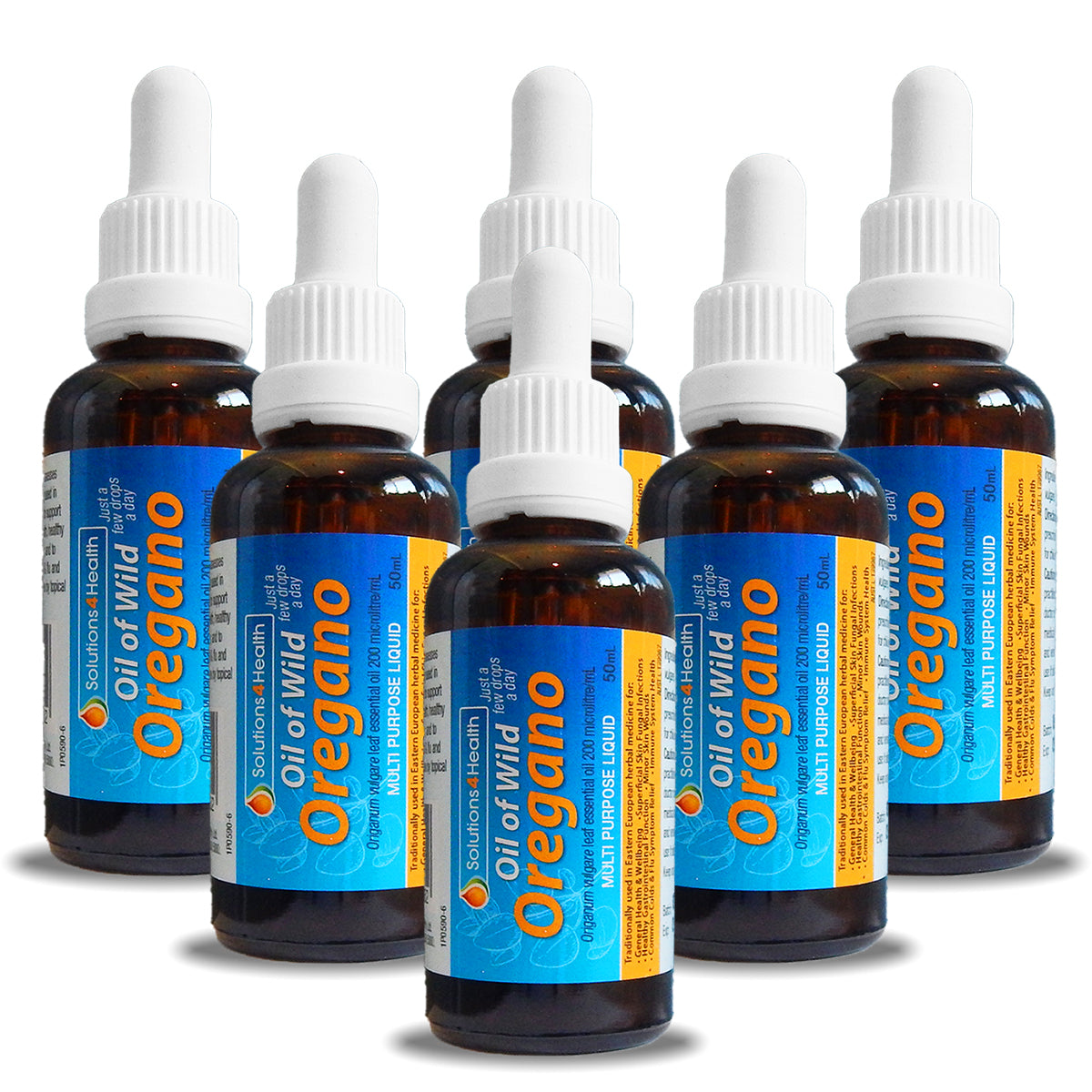
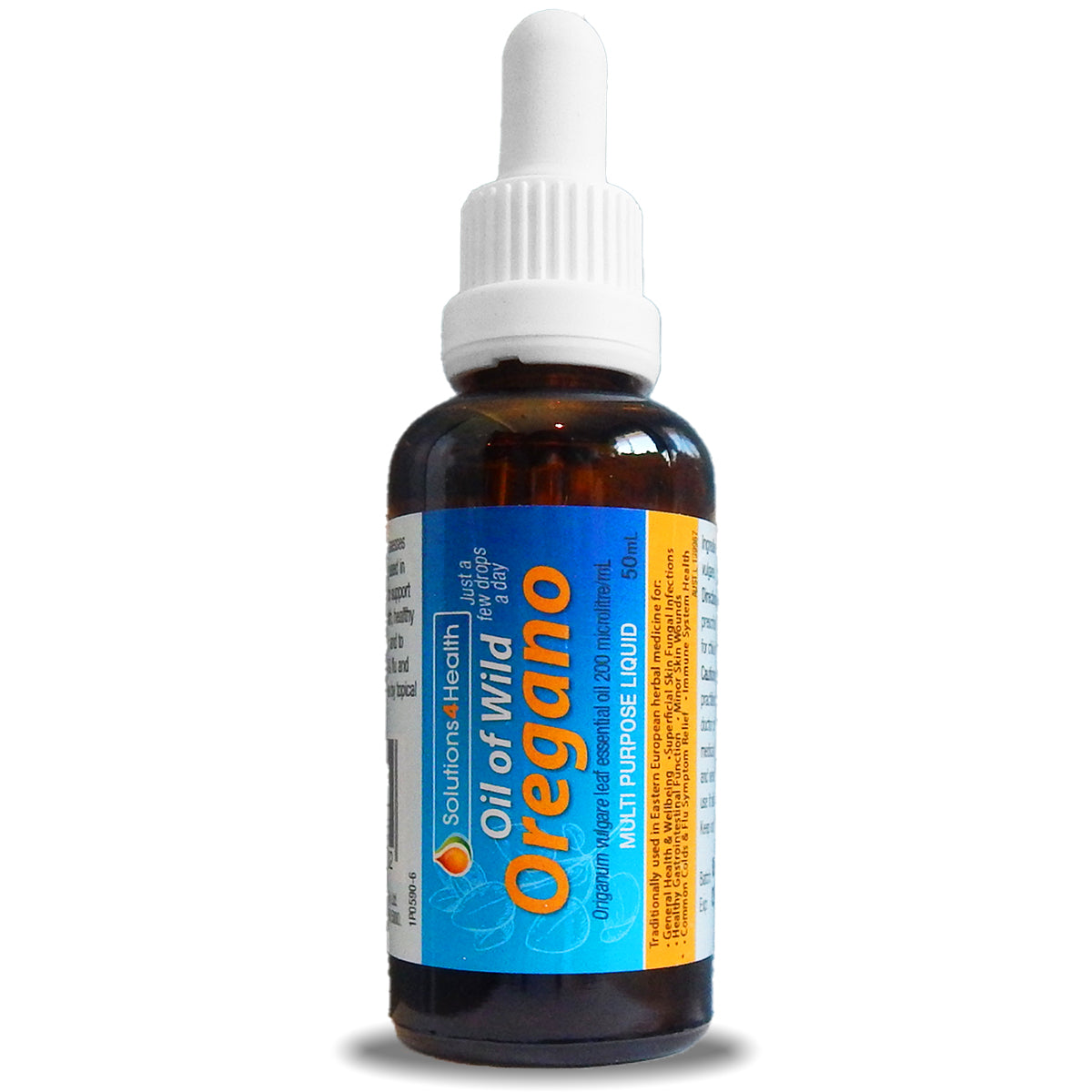
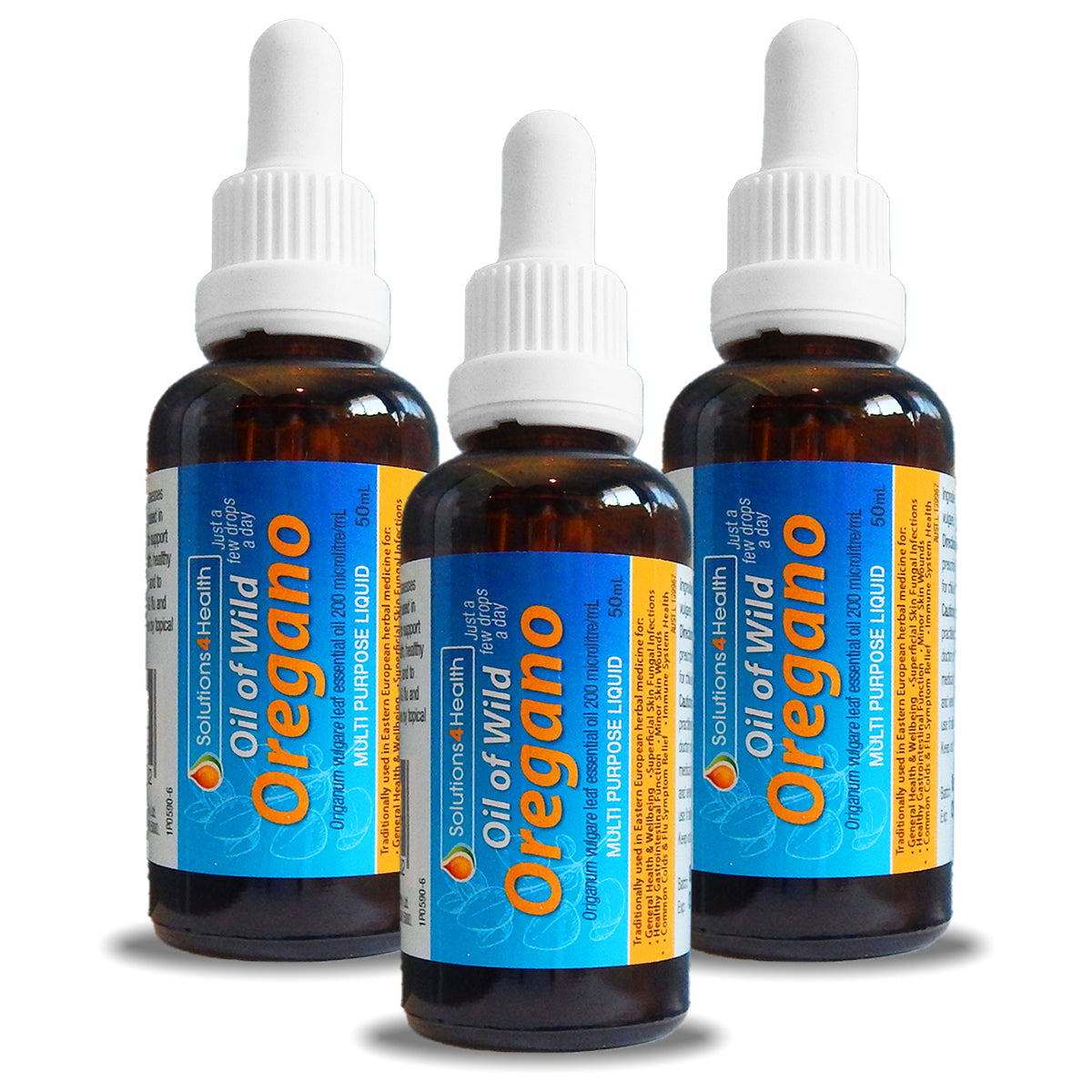
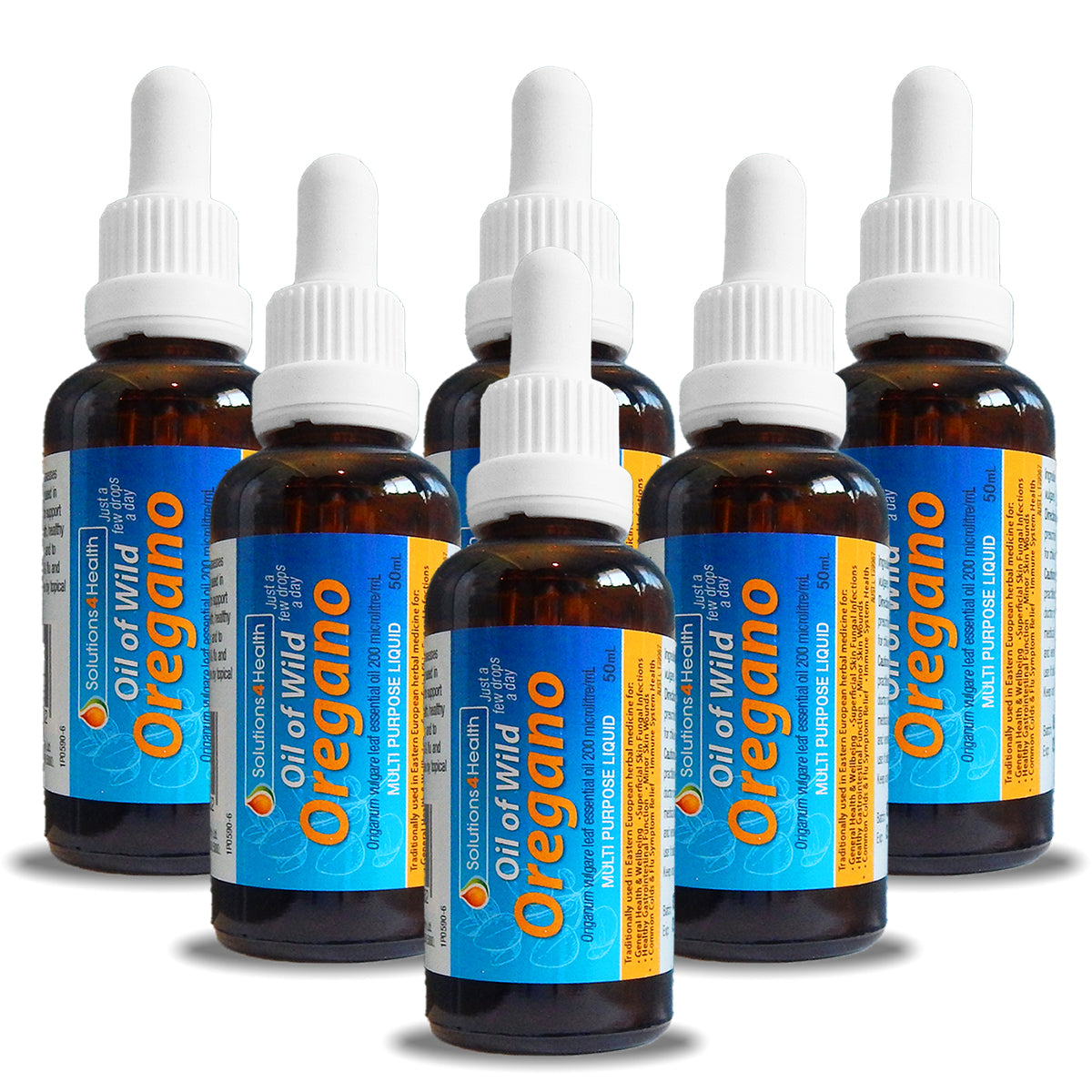
1 comment
Talk is about mushroom not oregano oil ?